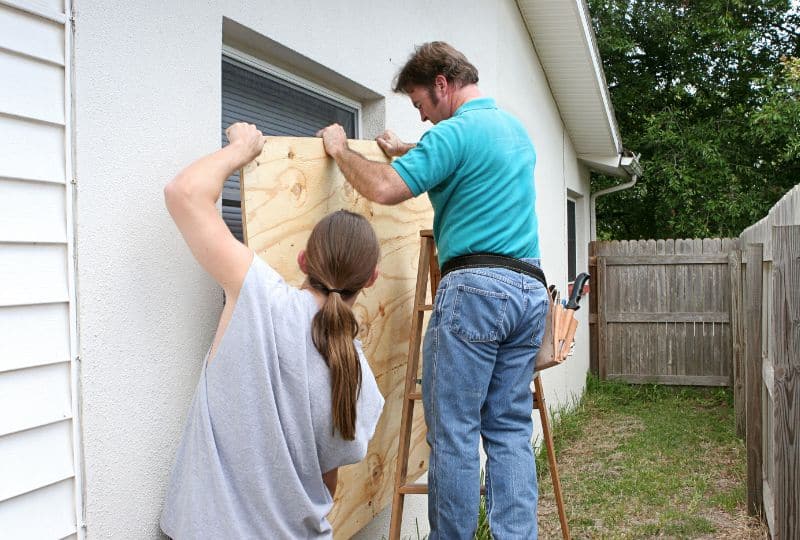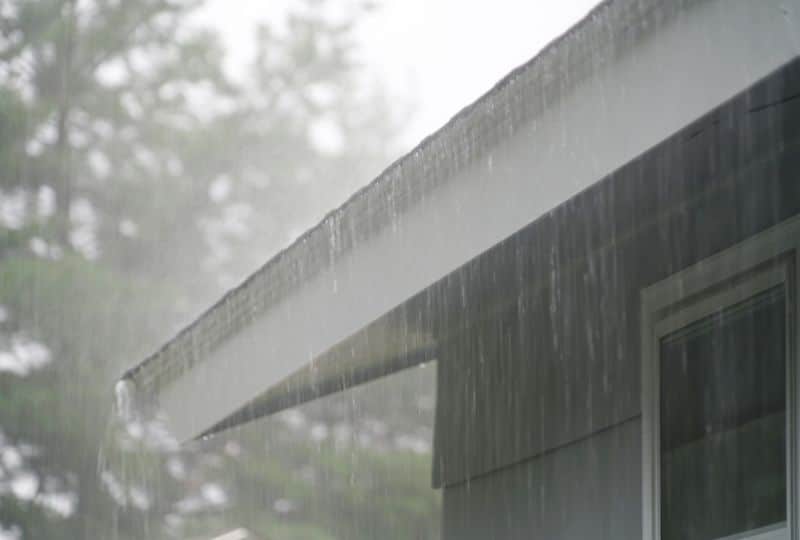The elements can wreak havoc on homes and cause substantial costly damage.
Luckily, a few simple steps can help you combat the elements every year. Keep reading to learn our top tips to protect your home from the elements.
1. Install Better Roofing
Your roof rests at the top of your house to protect everything below from high winds, heavy rain, and other outdoor occurrences. However, roofing comes in many different forms.

If you want to maximize your home’s defense against the elements, choose a higher-quality material than asphalt shingles. For instance, combating the elements is one of the top reasons to use metal roofing as your alternative.
Plus, metal roofing provides long-term protection because it lasts much longer than the average asphalt shingle set.
Search for metal roofing providers in your area to see if you can find someone with ample experience and a solid reputation in the industry. Then, collaborate with them to find the best metal roofing style for your home.
2. Maintain Your Gutters
Gutters are great because they conveniently carry rainwater away from your home’s foundation. Homeowners should inspect their roof gutters every six months to ensure they remain clear of debris.

Image Source: pixabay.com
Leaves and tree branches can accumulate in gutters and eventually prevent the rainwater from escaping. As a result, the water overflows from the gutter.
That might not sound awful, but overflowing gutters cause significant water damage to the side of your house, and the damage will only seep further into your house the longer you let the blockage fester.
That said, regularly clearing out gutters and downspouts is an excellent way of avoiding the situation altogether.
3. Perform Consistent Inspections
Another excellent method for protecting your home from the elements is conducting consistent inspections. If you’d like an expert opinion, you can reach out to a home inspector who can assess the property once or twice a year.

Image Source: pexels.com
However, if you prefer to tackle the inspections yourself, create a checklist of the essential areas to assess. For instance, check all the pipes in your home for potential leaks.
Likewise, inspect walls and ceilings for any mold growth or moisture damage; these can point to internal issues. Additionally, inspect your roof for cracks, holes, missing panels, and any other signs of damage.
If you spot any issues during the inspection that you can’t fix personally, don’t worry; call a trained professional to come in and assist. By following these steps, you can successfully protect your home for the elements every year.




Leave a Reply